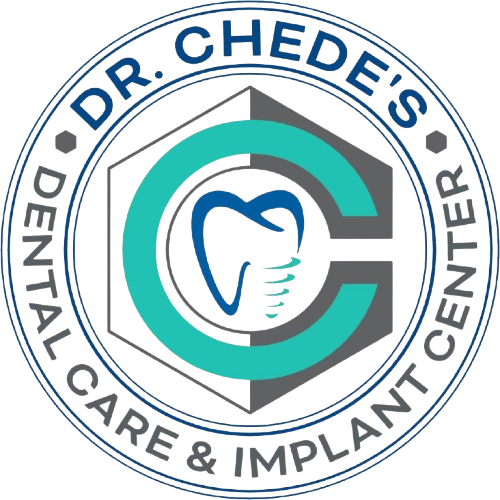
The normal colour of permanent teeth is grayish yellow, grayish white or yellowish white. This is usually determined by the thickness of the enamel, thickness & colour of underlying dentine & pulp. Alterations in this colour may be physiologic or pathologic, intrinsic or entrinsic .
Generally the colour is more yellowish in fair skinned persons & more whitish in dark skinned persons. Elderly persons also have more yellowish teeth.
Extrinsic discolorations may be due to tea, Coffee, Fluoride, Smoking, Bacteria etc.
Whereas intrinsic stains may be due to generic condition like amelogenesis imperfecta, due to tetracycline class antibiotics, Jaundice, pulp necrosis, remnants of restorative materials etc. Since esthetics is the primary consideration of patients, a discolored tooth or teeth especially in the anterior region definitely causes many patients asking for treatments to ‘Whiten’ or ‘Brighten’ the teeth. This is commonly refered to as tooth bleaching. Bleaching is a procedure defined as lightening of the colour of the tooth through the application of a chemical agent to oxidize the organic content of the tooth.
Most common bleaching agents used are Hydrogen peroxide (H2O2) 5% - 35 %. Sodium perborate (used inside the pulp chamber called ‘Walking Bleaching’ carbamide peroxide. Nowadays laser tooth whitening using zoom Bleaching is gaining a lot of popularity, where in a laser beam activities the bleaching agent thus speeding up the reaction, enabling faster & better results.
Teeth whitening is ideal for people who have healthy, unrestored teeth (No fillings) & gums. Individuals with yellow tones to their teeth respond best. But this cosmetic procedure is not recommended for everyone.
Dental Microscope
Microscope enhanced dentistry is a promising and inseparable aspect of modern day dentistry. It involves the uses of magnification systems starting from simple loupes (2 -4 x magnification) to Surgical Operating Microscope (upto 25 – 40x magnification). These enable the clinician to enjoy magnified vision, depth of focus of the treatment area and field of view characteristics, better illumination, and avail of an excellent tool in recording and documenting. Since there is magnified vision and the primary aim is minimal invasion, there is use of very fine light weight micro instruments, designed specially to work under the microscope. This ensures minimal trauma to tissues, more precise handling, less pain, swelling, minimal scarring, significantly faster healing, far superior post – operative appearance compared to conventional procedures. A very remarkable example is that of Root Canal therapy wherein the apex of the tooth, which is otherwise invisible can be seen directly under the microscope, thus helping in overcoming difficulties in treatment and achieving excellent outcomes.The use of magnification systems and microsurgery are part of a broad movement in dentistry toward the use of minimally invasive procedures to replace the need for more extensive surgical procedures. A variety of magnification systems are available ranging from simple and prism telescopic loupes to more complex and advanced surgical operating microscopes, Each magnification system has its own advantages and limitations. Surgical operating microscopes are widely used in dentistry in all the specialities, but more commonly in endodontics, periodontics and implant dentistry. Microsurgery embraces the following values :
• Enhancement of the surgeon’s motor skills to improve surgical ability. This is accomplishd by increasing the precision of movements and decreasing involuntary tremor.
• Reduction of tissue trauma at the surgical site through the use of small instruments and a smaller surgical field.
• Application of microsurgical principles to achieve passive and primary would closure.
In a broader sense, microsurgery implies an extension of surgical principles that encourage the paramount importance of gentle handling of the tissues and exceedingly accurate approximation of wound edges. This is not a conceptual revolution in dentistry, but merely improving the accuracy and gentleness of what is already being done in every day practice. Micro dentistry / Microsurgery offers an improvement in predictability, cosmetic results, and patient comfort level over conventional surgical procedures. This is especially true of procedures requiring the application of materials and techniques that are difficult to use successfully and predictably within the confines of normal vision. For example, using 20x magnifications, vascular microsurgeons routinely anastomose vessels with a diameter of 1 mm or less. Using 120x magnifications, cellular biologists routinely perform subcellular operations on chromosomes. Within the limitation of their motor skills, it is possible for dentists to learn to use magnification in the range of 10x – 20x to achieve surgical tolerances from 1 – 2 mm to as small as 10 microns.
